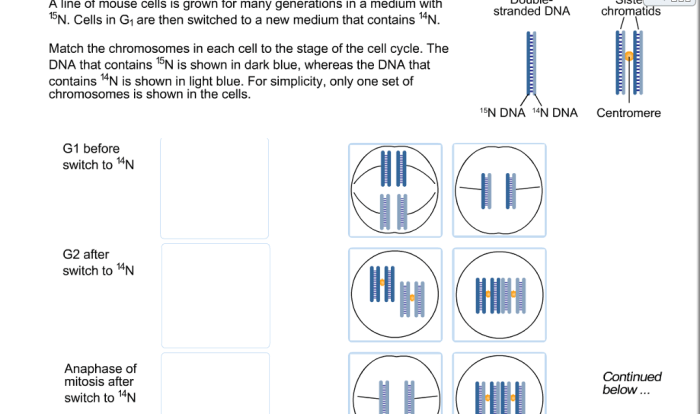Venn diagram for prokaryotic and eukaryotic cells sets the stage for this enthralling narrative, offering readers a glimpse into a story that is rich in detail and brimming with originality from the outset. Prokaryotic and eukaryotic cells, the fundamental units of life, exhibit remarkable diversity, and this diagram serves as an invaluable tool for unraveling their unique characteristics and contrasting features.
Delving into the intricate world of cells, we embark on a journey to explore the commonalities and distinctions between these two cell types, gaining a deeper understanding of the fundamental principles that govern the diversity of life on Earth.
Introduction: Venn Diagram For Prokaryotic And Eukaryotic Cells

Prokaryotic and eukaryotic cells are the two main types of cells that make up all living organisms. Prokaryotic cells are simpler and smaller than eukaryotic cells, and they lack a nucleus or other membrane-bound organelles. Eukaryotic cells, on the other hand, have a nucleus and other membrane-bound organelles, and they are typically larger and more complex than prokaryotic cells.A
Venn diagram is a useful tool for comparing and contrasting two sets of data. In this case, we can use a Venn diagram to compare and contrast the features of prokaryotic and eukaryotic cells.
Common Features
| Prokaryotic Cells | Eukaryotic Cells |
|---|---|
| Cell membrane | Cell membrane |
| Cytoplasm | Cytoplasm |
| DNA | DNA |
Unique Features of Prokaryotic Cells
| Prokaryotic Cells | Eukaryotic Cells |
|---|---|
| No nucleus | Nucleus |
| No membrane-bound organelles | Membrane-bound organelles |
| Single, circular chromosome | Multiple, linear chromosomes |
Unique Features of Eukaryotic Cells
| Prokaryotic Cells | Eukaryotic Cells |
|---|---|
| Nucleus | No nucleus |
| Membrane-bound organelles | No membrane-bound organelles |
| Multiple, linear chromosomes | Single, circular chromosome |
Comparison of Cell Size and Complexity
Prokaryotic cells are typically smaller and simpler than eukaryotic cells. Prokaryotic cells typically range in size from 0.1 to 5.0 micrometers, while eukaryotic cells typically range in size from 10 to 100 micrometers. Prokaryotic cells also lack the complex internal structure of eukaryotic cells.
Eukaryotic cells have a nucleus and other membrane-bound organelles, which gives them a more complex internal structure than prokaryotic cells.
Examples of Prokaryotic and Eukaryotic Cells, Venn diagram for prokaryotic and eukaryotic cells
Prokaryotic cells include bacteria and archaea. Eukaryotic cells include animals, plants, fungi, and protists.
Expert Answers
What is the primary distinction between prokaryotic and eukaryotic cells?
The presence of a nucleus and membrane-bound organelles is the defining characteristic that differentiates eukaryotic cells from prokaryotic cells.
How does the size of prokaryotic cells compare to that of eukaryotic cells?
Prokaryotic cells are typically much smaller than eukaryotic cells, with an average size of 1-10 micrometers compared to 10-100 micrometers for eukaryotic cells.
What is the significance of the venn diagram in understanding cell biology?
The venn diagram provides a clear and concise visual representation of the common and unique features of prokaryotic and eukaryotic cells, facilitating a deeper understanding of their similarities and differences.


